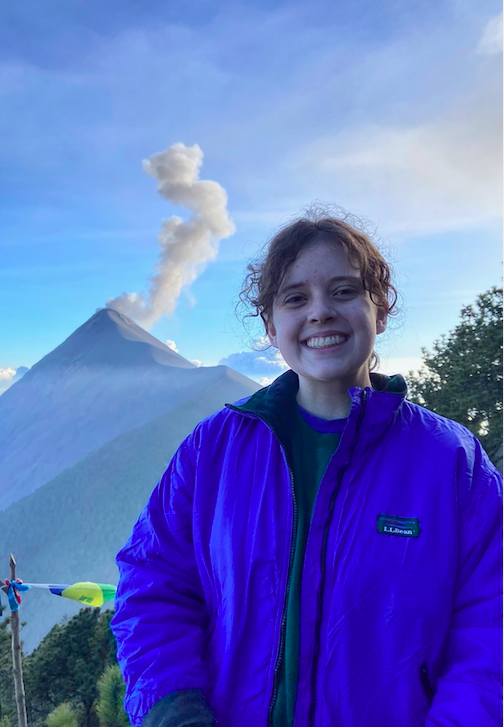Research Symposium
22nd annual Undergraduate Research Symposium
Chanti Max Poster Session 7: 3:30 - 4:15/Poster #56

BIO
I am a first-year environmental science student from South Florida. Exposed to conservation efforts at a young age, I have always been interested in sustainability and the environment. Therefore, coming to FSU, I knew I wanted to work with researchers working in conservation and have also gotten involved with Sustainable Campus. In the future, I hope to use my research experience and combine my interests in Indigenous studies and science to further environmental justice globally.
Disease Frequency in Restored vs. Wild Staghorn (Acropora cervicornis) Sites in Bonaire, Dutch Caribbean
Authors: Chanti Max, Alexandra DubelStudent Major: Environmental Science
Mentor: Alexandra Dubel
Mentor's Department: Department of Biological Science Mentor's College: College of Arts and Sciences Co-Presenters: Cathryn Ramon
Abstract
For the past few decades, coral mortality has increased drastically. According to other studies, corals, such as Acropora cervicornis, a major framework coral in the Caribbean, have decreased in numbers as a result of various stress factors, including disease. In our study, we looked at whether there was a difference in disease presence between natural sites and restored sites, and we hypothesized that there would be a higher presence of disease within natural sites compared to restored sites. We also looked into whether the percentage of dead A. cervicornis was the reasoning being the difference in disease presence between the two types of sites. Once we collected our data, we carried out a presence and absence test to examine the difference in disease frequency between natural sites and restored sites. We also conducted a two-tailed, unpaired t-test to see if there was any difference between natural and restored sites in regards to the percentage of dead A. cervicornis, which we followed with a correlation analysis to see if there was a positive correlation between disease frequency and percentage of dead A. cervicornis. The results that we gathered allowed us to better understand the conditions A. cervicornis are under, and they could potentially aid in the recovery of the vulnerable framework coral.
Keywords: Coral bleaching, disease, stressors, restoration

